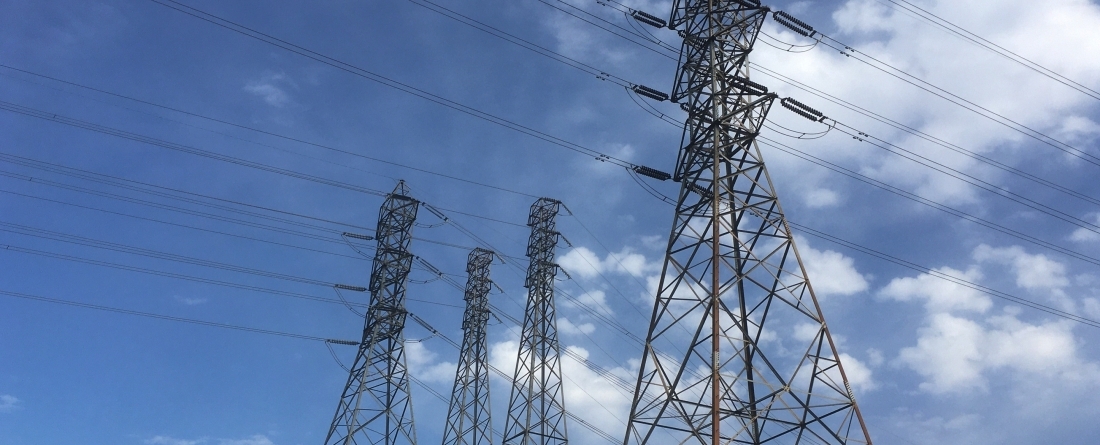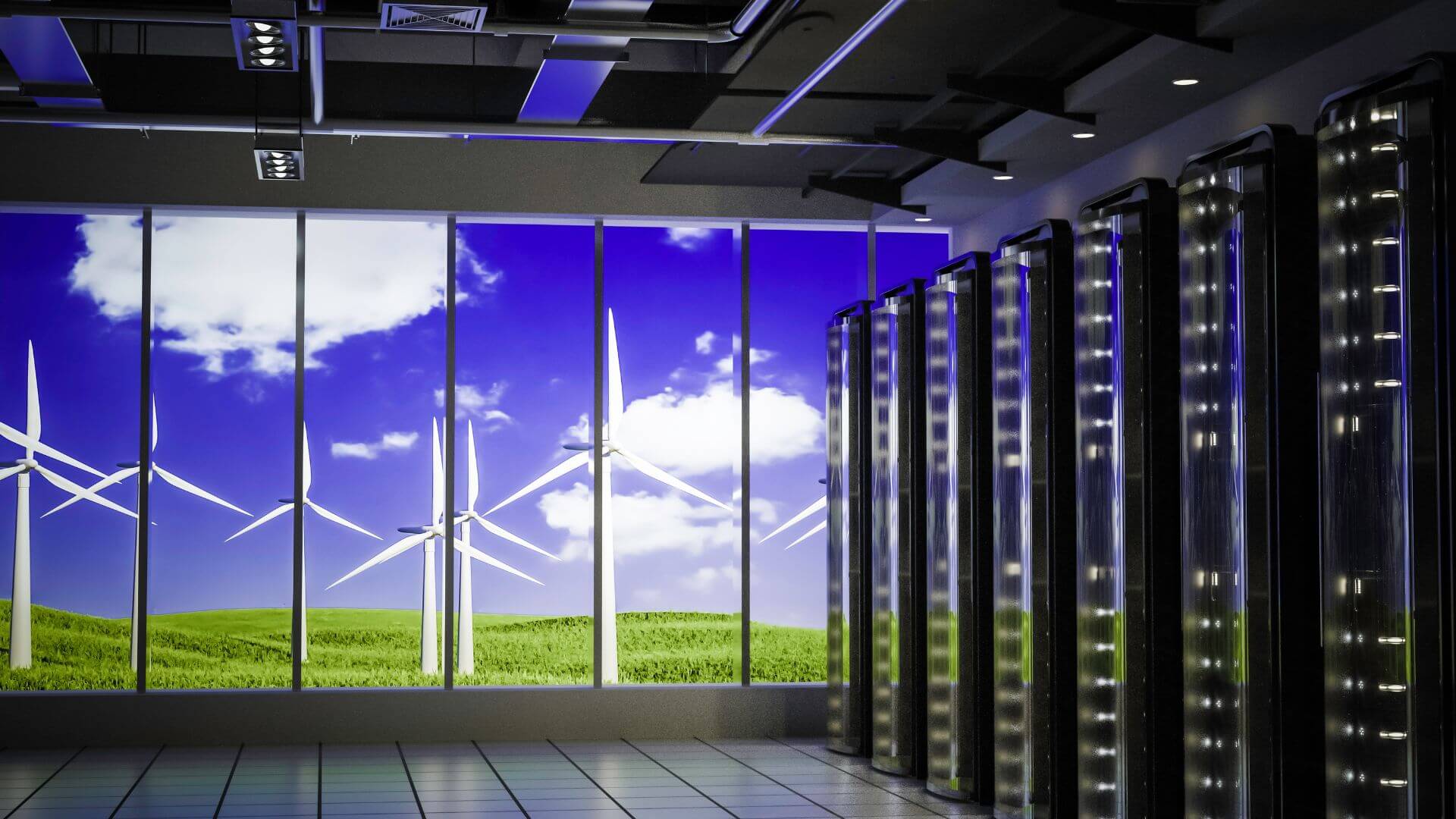
Infrastructure of Inequality: Energy Injustice Lurks in our Power Grid
By Nathan Shan, Summer 2022 Intern, Montgomery Blair High School
In recent years, policymakers have started confronting the issue of energy injustice. A subset of climate justice, energy injustice refers specifically to inequalities created by the systems that produce and distribute energy. Recent research has found that minorities are more vulnerable to air and water pollution created by fossil fuels, more likely to suffer utility disconnections, and more susceptible to energy failure brought on by natural disasters. A new preliminary analysis, conducted by myself, School of Public Policy Associate Professor Lucy Qiu, and School of Public Policy Professor Anand Patwardhan, looks for inequalities built into a fundamental aspect of the US energy system: the power grid.
In the US, investor-owned utilities operate as monopolies in their service area and account for 72% of the U.S. energy grid. They’re responsible for building and maintaining energy infrastructure, leaving the door open for injustices related to differing infrastructure quality. We found that zip codes with higher minority populations experienced significantly more outages, even after controlling for factors like income and population density. Additionally, we found race to be more of a factor than socioeconomic status; a 1% increase in a zip code’s percentage of households with a black resident predicted over 7000 additional hours of outages per month in that zip code. During outages, utilities also handle power restoration and must choose certain areas to prioritize. We investigated this restoration process by analyzing outage crew assignment times and finding evidence of possible inconsistencies with the stated bureaucratic decision process of utilities.
Our results may be indicative of worrying differences in infrastructure quality. As natural disasters related to climate change become more common, these differences can manifest in large-scale suffering and disproportionate infrastructure failure in minority communities. However, the most critical inequities are daily occurrences: less reliable heating and difficulties preparing food, for example. Internet access is also a big one; the internet is becoming increasingly necessary for various jobs and education. Our preliminary research suggests that addressing everyday inequality rooted in our infrastructure system, such as ensuring internet access in the face of increasing disasters could potentially throw a wrench into the generational wheel of injustice.
As countries turn to emerging energy technologies, keeping equity in mind is essential. Switching to renewables would help reduce pollution-related energy injustice, but as our preliminary analysis highlights, it is not always enough. We have to bring fundamental change to our energy infrastructure and distribution systems.
Building new systems is an equity issue - vulnerable communities often cannot afford to construct new infrastructure. For instance, in the US, solar panels have mostly been limited to those that can afford the upfront installation costs. One strategy to tackle this opportunity gap could be government programs similar to the U.S. Low Income Home Energy Assistance Program, a targeted federal aid program that helps low-income families pay energy bills. Instead of assisting individual families, the program would provide subsidies for energy infrastructure projects in low-income and minority communities. Assistance from any or all levels of government can aid in equalizing the energy infrastructure playing field.
We plan to continue collecting data and refining our analysis methods to further explore injustice in our energy grid.



